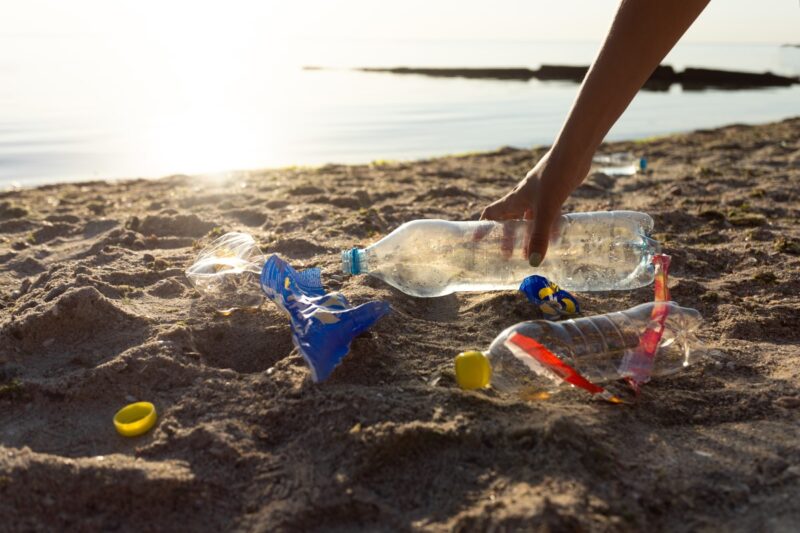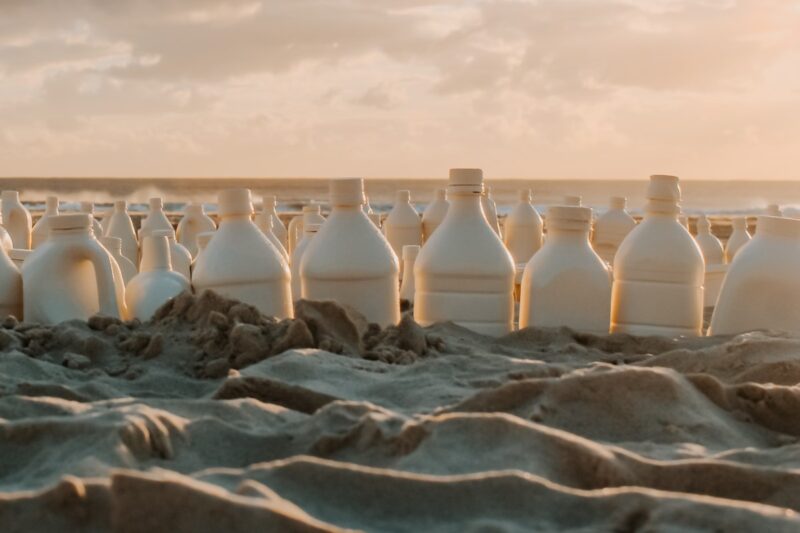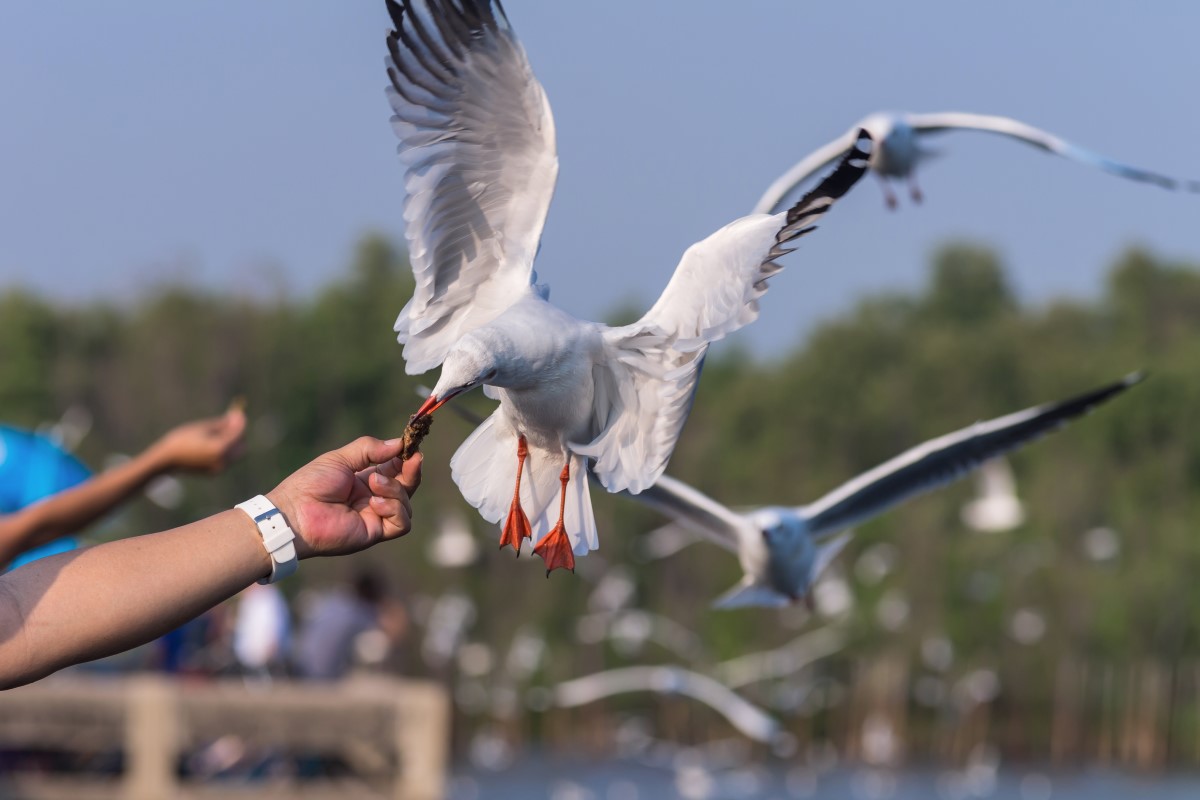
Beaches are one of the most popular summer destinations! However, beach pollution and blatant disregard for the environment are concerning. Some steps can be taken to clean beaches and protect the Earth. Keeping the beaches clean is important for both us and the wildlife that calls them home. Next time you head to the beach, keep what lives there in mind. Here are a few tips to minimize your environmental footprint!
1. Throw Away your Trash
Although it may seem obvious, not all beach-goers follow this rule. Unfortunately, leaving trash behind has become all too common. Here are a couple of ways that beach garbage can affect others!
- Trash left in the sand can get blown away and contaminate the water
- Garbage that makes its way into the water disrupts the marine food chain
- Picking up trash saves an animal’s life
Dropping a candy bar wrapper might seem harmless at the time. However, it can quickly turn into a hazard with a gust of wind. The water is home to marine animals regardless of if you are at a beach with a lake, river or ocean. So consider making a trip to the bin before leaving your things lying around.
2. Avoid bringing Plastic
The majority of trash that is found on beaches is plastic food containers. There are dire consequences to leaving these around. We have listed a few below!
- Plastic is unable to break down and is toxic
- Birds, sea turtles and other marine animals might think it is food
- Ingestion is harmful
There are some good alternatives to try out when going to the beach to protect its ecosystem. Use reusable metal water bottles and cloth shopping bags when you head to the beach next. It makes it much easier to pack up your things at the end of the day. You can also use both of these things over and over again like disposable materials.
3. Avoid Creating Obstacles for Animals
We all need somewhere comfortable to sit when visiting the beach. This is especially true on those super hot days! Just avoid leaving things like chairs, umbrellas and blankets behind! Here’s why!
- Interrupts natural paths for animals
- Hurting land-dwellers
- Disturbing the wildlife
Animals use the beach as a way to get into the water. For example, sea turtles may lay eggs on the shoreline and the hatchlings might be a little slower getting into the water. There are also creatures like beach mice and beach-spawning fish nearby. So leave them be to avoid hurting them or messing with their routines.
4. Do Not Feed the Wild Life
The fact is animals do not eat the same food that we do. It can be harmful to some to eat human food. Let’s talk about it!
- Can change feeding patterns
- Decrease their ability to consume nutrients they need from their food
- Produces fecal waste and creates more bacteria in the water
When you feed creatures like seagulls, it disrupts how they eat. By being accustomed to human food, these animals can become quite aggressive. It becomes confusing for animals and can make them sick. What this also means is that more waste and bacteria are spread across the beach and into the water.
5. Pack a Zero-Waste Lunch
Reusable lunch containers are a lifesaver when it comes to visiting the beach. Alternatively, you can wrap your food in the paper. While liquids should be stored in a reusable bottle. These are some of the benefits!
- Portability
- No waste left behind on the beach
- Able to use again and again
By using products made from sustainable materials, we can save our beaches one day at a time. Everyone needs to do their part to keep the environment healthy and safe for generations to come. Each of us can make a difference with a small amount of effort!



